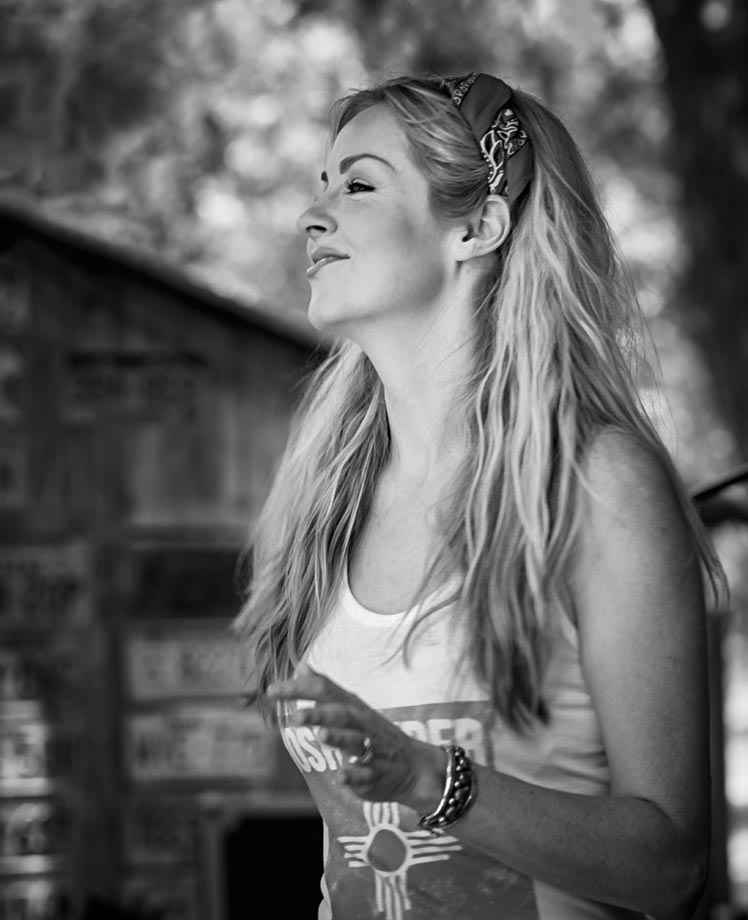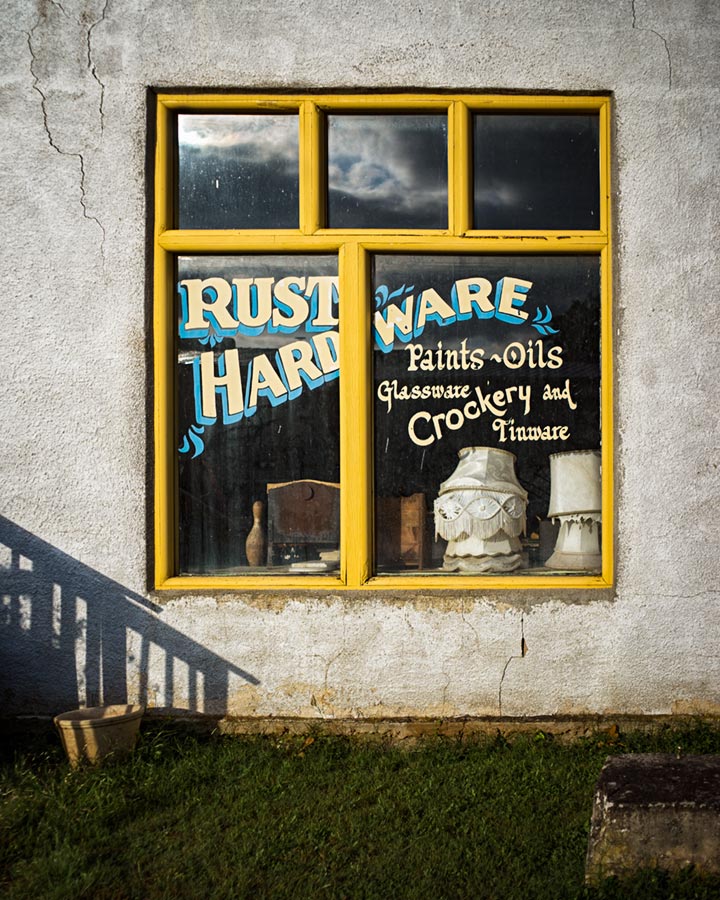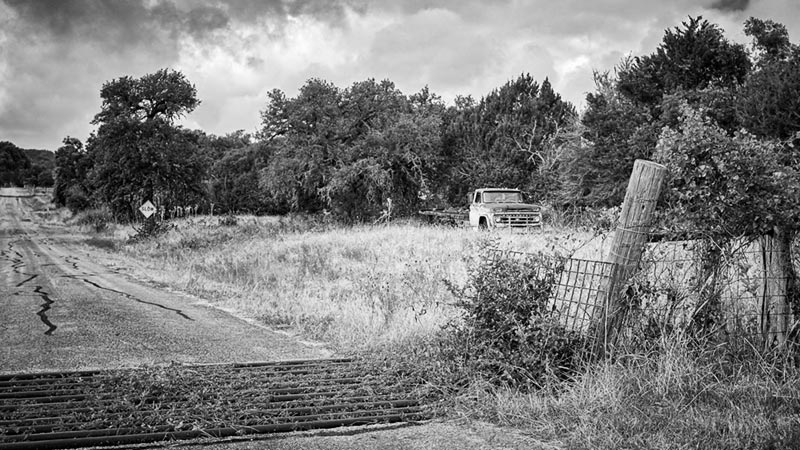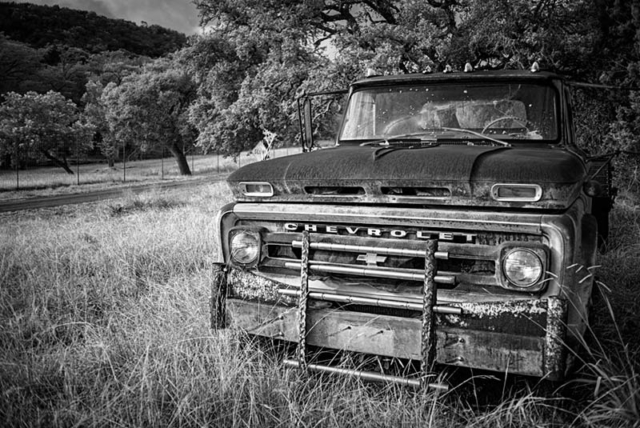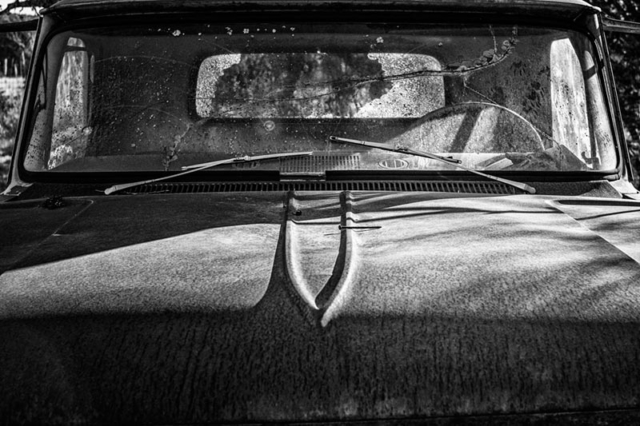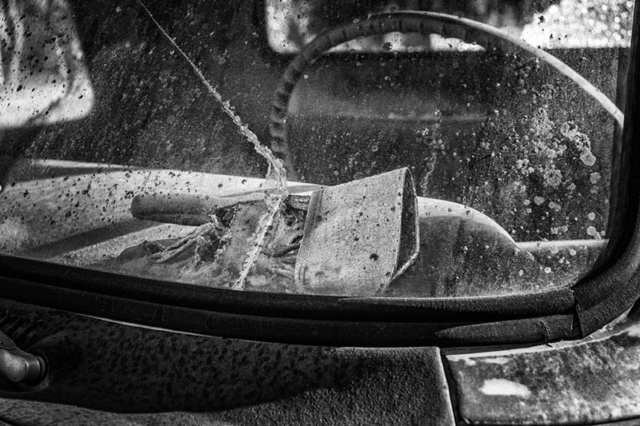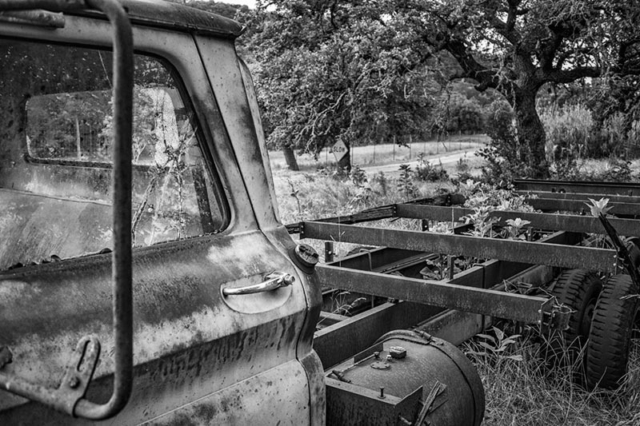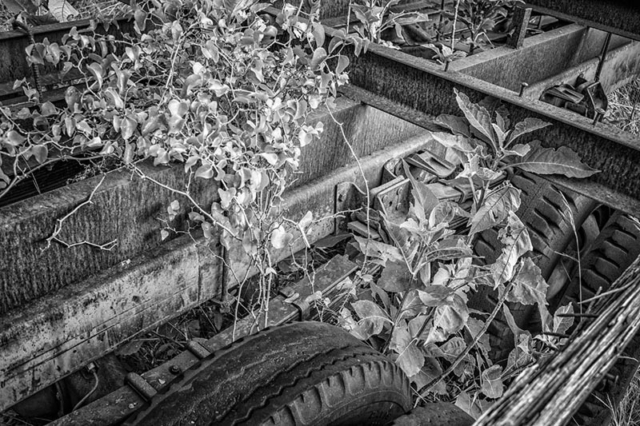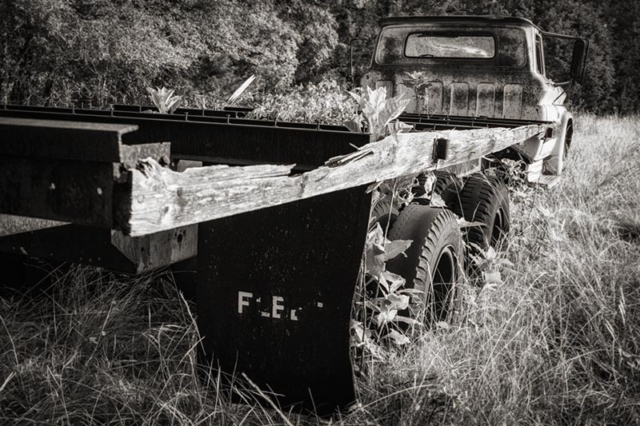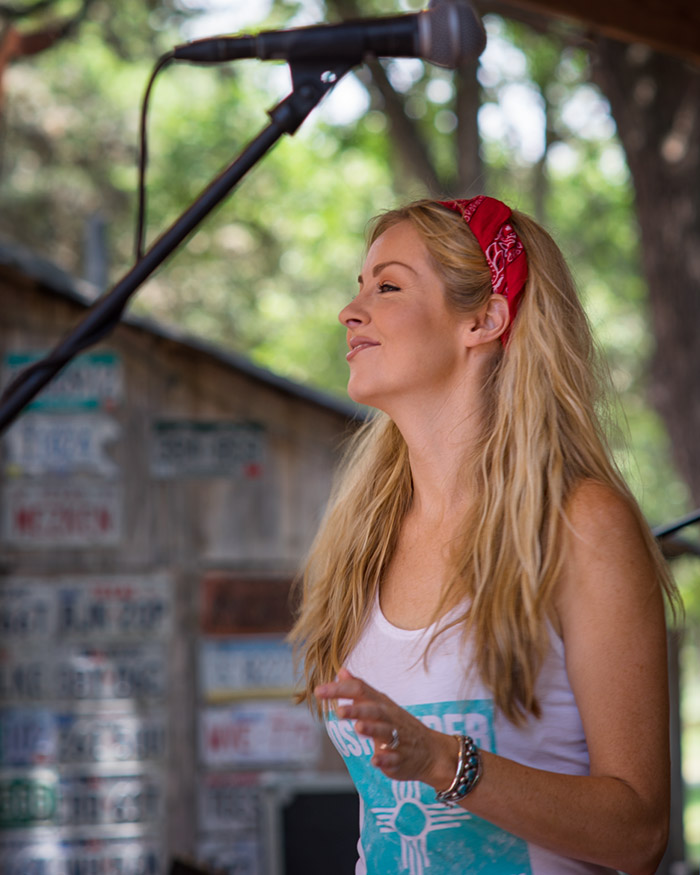
Zuiko 135mm 3.5 @ f3.5
As has been reported numerous times elsewhere the A series cameras insist on using 1/60 second shutter speed when set to aperture priority and auto ISO with manual lenses. That behavior makes shooting any sort of moving subject problematic at best. In most ways the Sony is an outstanding camera but it falls down badly in this situation because you can’t set a minimum shutter speed in aperture mode. It is really too bad and disappointing for such a competent tool to behave this way.
All cameras have quirks and there are ways around the slow shutter speed problem with this one. You just have to change how you work with the camera. There are three variables that can be manipulated on this particular camera to get proper exposure. These are aperture, shutter speed and light sensitivity (ISO). Using some combination of the three variables provides a solution.
Two simple workarounds use either shutter priority or full manual along with auto ISO to achieve a proper result. Both are very similar when using manual lenses. Set the aperture on the lens, select the appropriate shutter speed and allow the camera to work out proper exposure by varying the ISO within a user selected range. As long as the camera can adjust sensitivity to achieve proper exposure you are good to go.
This is not a point and shoot solution. It requires the photographer be able to judge lighting conditions well enough to be able to select a shutter speed that keeps exposure within the ISO range the camera will use. The camera provides all the information you need to get proper exposure right in the viewfinder but the photographer is in control.
The point is that the photographer has to make decisions to ensure that the camera performs correctly to get the desired result. If you are unwilling to control the camera to get proper exposure then don’t shoot with manual lenses.
